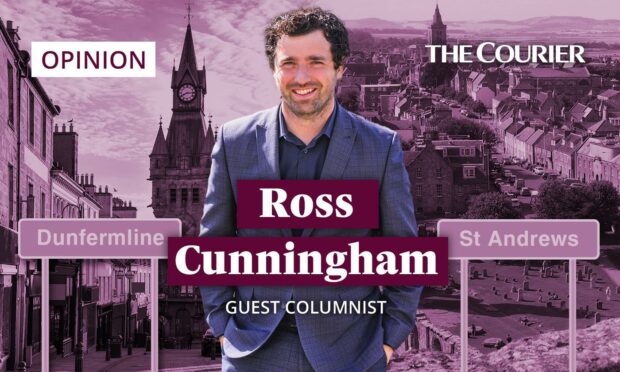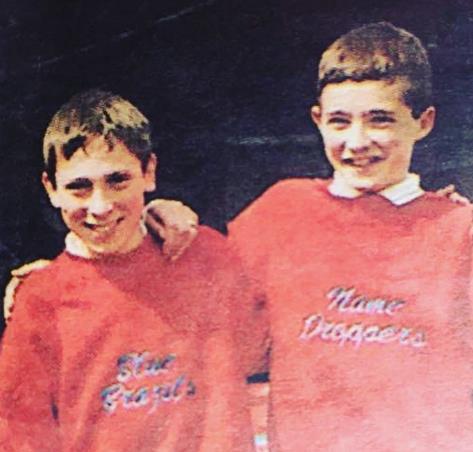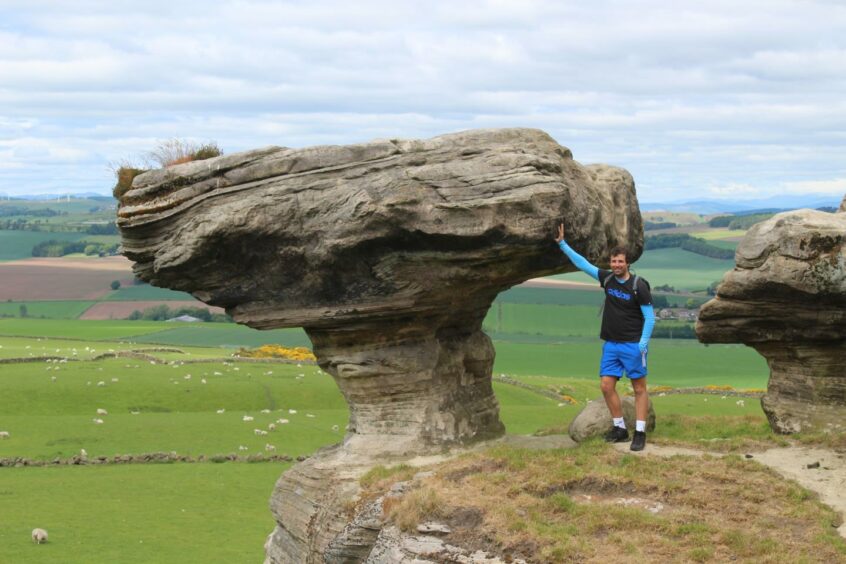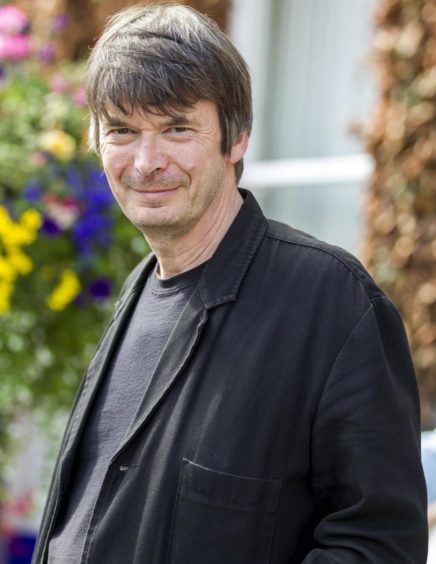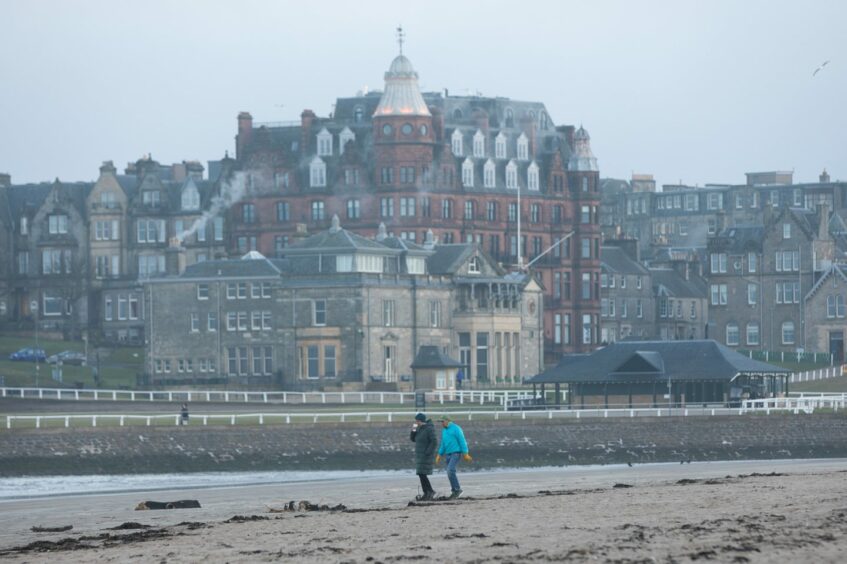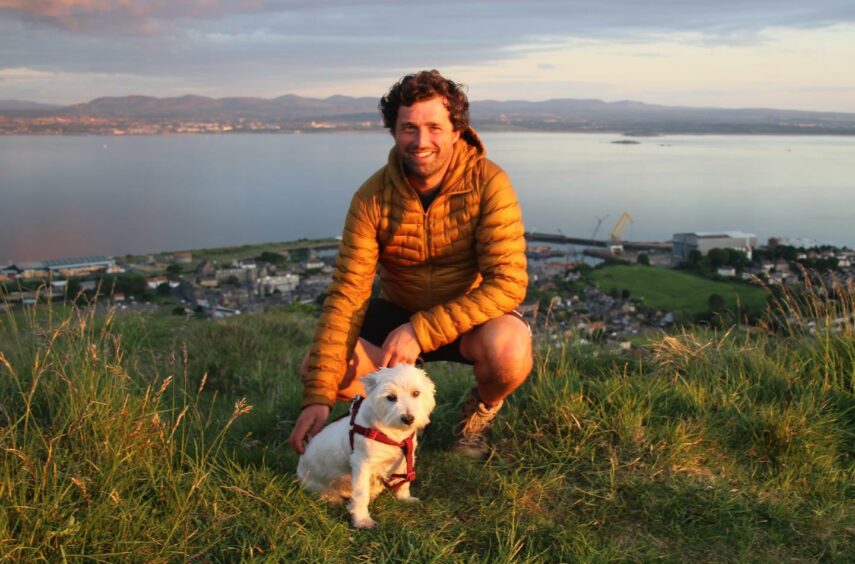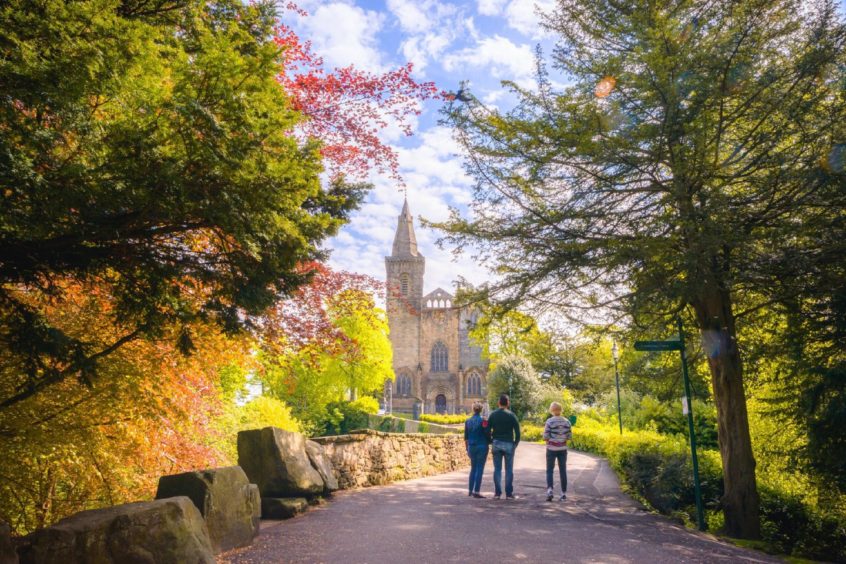I remember the first time I saw my name in print. It was in 1997 when I was in my last year at Pitcoudie Primary School in Glenrothes.
“Schoolboy makes point” was the headline on the letters page.
I had written a vigorous defence of Cowdenbeath, my mum’s hometown and the football team I support.
The letter was in response to an episode of the BBC sport comedy show, They Think It’s All Over!, that had been broadcast the previous week.
The programme had included a piece featuring a group of East Fife supporters performing a chant they sang on the old Bayview terraces called “The Cowden Family”.
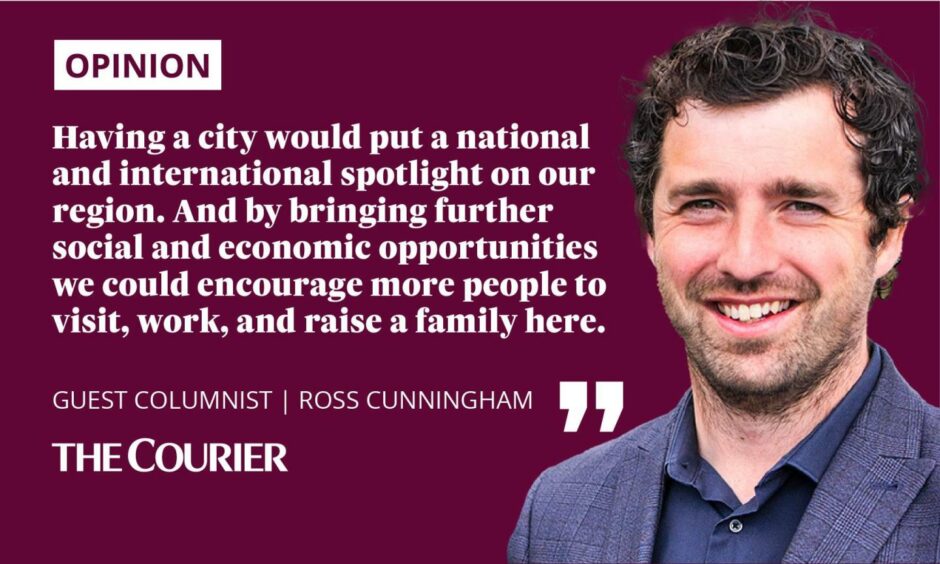
It was performed to the tune of the Addam’s Family with the words: “they come fae near Lochgelly, they cannae afford a telly, they’re stinky and they’re smelly, the Cowden family”.
It was the first of many occasions when I noticed people both in and outside Fife talking the place down.
I remember a photoshopped “welcome to Fife” sign doing the rounds on social media a few years later.
Except underneath “Fife” it read: “turn around, it’s sh*te”.
Had it been an actual sign, I’d have been first in line with a tin of spray paint to cover the insult up.
Because I’m as proud of Fife now as I was then and I’m thankful it’s still the place I call home.
Pride of place – Fife is simply stunning
In the last few years I’ve taken up hillwalking.
And although the county doesn’t possess any of Scotland’s highest mountains, it can pack a punch when it comes to stunning scenery.
The 116-mile Fife Coastal Path is the 15th most photographed walking trail in the world and the Anstruther to Crail section of it was last year named the best walk in all of Scotland.
We have the Fife hills – including the popular Lomonds – which offer a finer view than some Munros.
There’s the excellent Fife Pilgrim Way – a long-distance walking trail which is the Kingdom’s answer to the West Highland Way.
And there are countless beaches, woodland walks, areas of incredible natural beauty, and parks that make Fife – in my opinion – the best region for walking in Scotland per square mile.
⛰️ Make 2022 the year you discover #Fife… and the year you bag the 'Fife Five', the five highest and best Marilyn hills in the Kingdom.#LoveFife #MountainsMendMinds pic.twitter.com/BMsGJrIdWb
— Ross Cunningham (@RCunningham_MMM) December 30, 2021
But we are also rich in people.
Fife’s greatest asset may be its citizens
There are as many people living in the kingdom as in Iceland, making Fife the third most populated of Scotland’s 32 local authorities, behind only Glasgow and Edinburgh.
Many Fifers have gone on to become influential figures in public life in recent years.
Shirley-Anne Somerville and Jenny Gilruth both currently serve in the Scottish Government and Gordon Brown is a former UK Prime Minister and Chancellor.
Ruth Davidson, Kezia Dugdale, Willie Rennie and Alex Cole-Hamilton are all past or current leaders of Scottish political parties.
A special mention too to Tricia Marwick, a former Presiding Officer of the Scottish Parliament and the first-ever woman to hold the position.
Culturally, Langtonian Val McDermid and Cardenden-born Ian Rankin are both world-renowned crime authors whose books sell in the tens of millions.
Fife is the Home of Golf, with the best university in the UK. It boasts a remarkable history and heritage, has strong food and drink and manufacturing sectors, and is fast becoming a main focal point for Scotland’s expanding offshore renewables sector.
The peninsula is also well connected by land or bridge to Edinburgh, Dundee, Falkirk, Perth and Kinross and Clackmannanshire, giving it so much potential to be a leading region of Scotland.
And that’s why I believe it’s time a Fife town was granted city status.
City status is a once in a decade opportunity for Fife
Having a city would unlock funding streams for Fife that are only available to cities.
It would put a national and international spotlight on our region.
And by bringing further social and economic opportunities we could encourage more people to visit, work, and raise a family here.
A city could be the jewel in our kingdom’s crown.
And as it happens, this April, as part of the 70th anniversary of Queen Elizabeth II coming to the throne, towns across the UK will find out if they have been successful in achieving royal ascent to become a recognised city.
A total of 38 places have submitted an application, including eight from Scotland – Dumfries, Dunfermline, Elgin, Greenock, Livingston, Oban, St Andrews and South Ayrshire.
There are currently only seven cities in Scotland, with Perth achieving the status most recently in 2012, ten years after Stirling joined the list in 2002.
Dunfermline may not have the same world-wide name recognition as the home of the Old Course but it is a former capital of Scotland (and the home of my late grandparents).
It is already the fastest-growing town in Europe and, as the most populated settlement in the kingdom, it already has a city’s bustling nature.
However, St Andrews campaigners can point to the UK’s smallest city – St. David’s in Wales, whose population would barely fill a tenth of East End Park – as proof that bigger isn’t always better.
Whether it’s Dunfermline or St Andrews (or both), Fife deserves the recognition of a city and the opportunities and status that would follow.
And if neither gets it this time, look out for my name on the letters page.
Ross Cunningham is a mental health and outdoors advocate and campaigner and a very proud Fifer.
